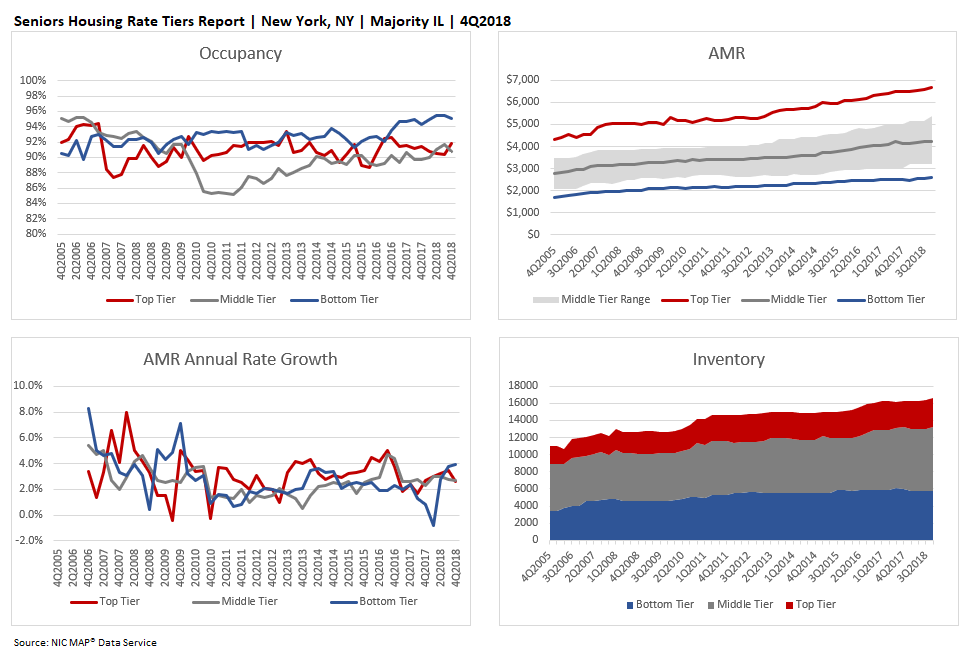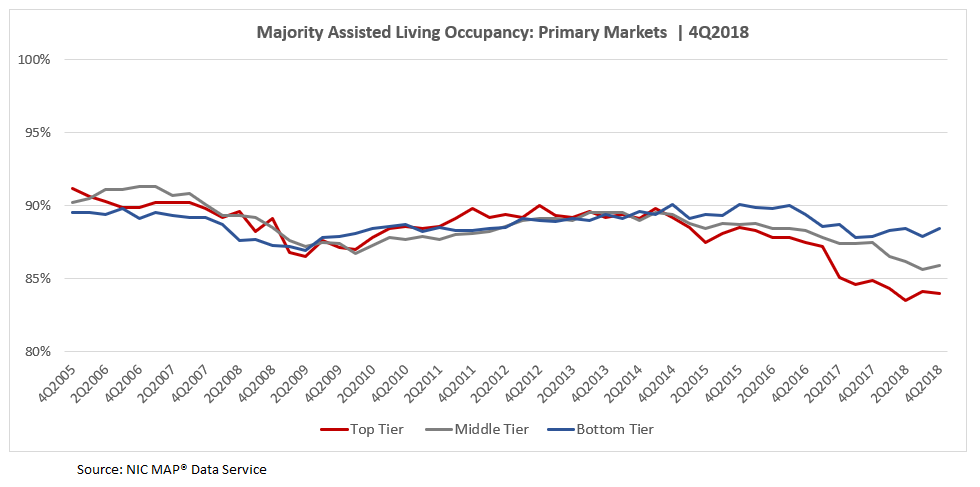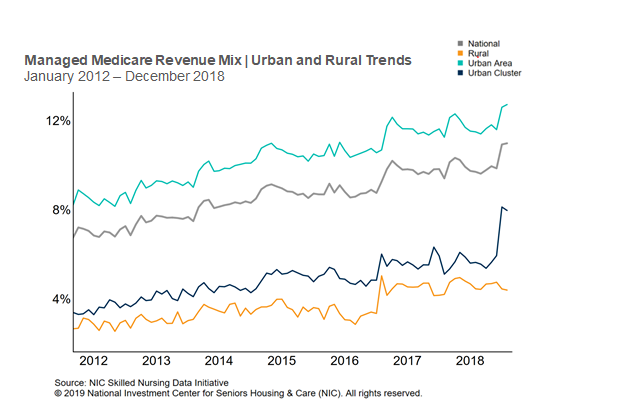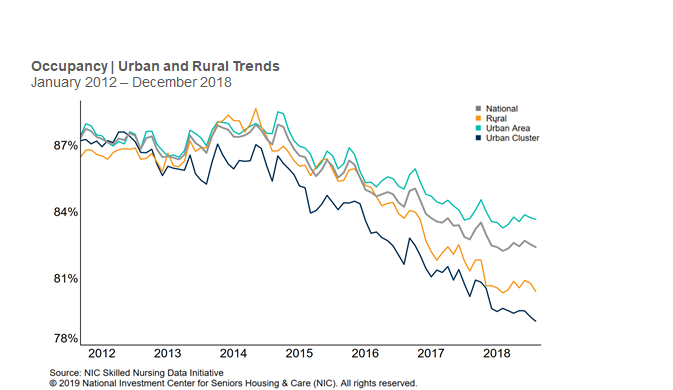A conversation with human resources expert Valerie Armstrong on how to develop programs to match the needs of different generations.
In a tight labor market, the recruitment and retention of top-quality staff is a big priority.
The labor pool is not monolithic, however, according to Valerie Armstrong, a human resources expert who speaks at senior living forums. It’s important to understand the motivations of different generations— older, more seasoned workers, millennials and the newcomers in Gen-Z. The creation of programs tailored to each group within the context of a community’s culture can help promote good hiring decisions while slowing turnover.
NIC recently talked to Armstrong about strategies to find and keep good team members. She is a human resources business partner at Sodexo which provides services to senior living communities, including dining, facilities management and housekeeping.
Here’s a recap of the conversation.
NIC: What is your role at Sodexo?
Armstrong: I have a multi–disciplinary role within human resources that includes onboarding, leadership and frontline training, engagement and retention. We train Sodexo employees as well as people employed by senior living communities. We are a true partner with senior living communities.
NIC: What’s your approach?
Armstrong: We help senior living communities brand themselves and market their stories to attract and retain team members at all levels from executive leadership to frontline staff. We help make sure the community’s branding, culture and behavior is aligned. It doesn’t matter what industry you’re in, if those three things are not aligned you will not be able to successfully identify and retain top talent.
NIC: What are the different generations looking for in a workplace?
Armstrong: Many times, when employers start targeting certain groups, they leave others out. We need to take a broad and flexible approach. We have multiple generations in our workforce. That’s one of the things I talk about at industry meetings. Baby boomers are looking for stability. They want to know what the work hours will be and what they’ll be doing. Boomers want a career path they can see. They also have so much to offer the younger generations.
Gen-Z and millennials want to learn and engage. So their onboarding plans and career paths look a little different than those for the boomers. Millennials want some flexibility to try new things and Gen–Z wants the ability to help build their own career paths.
We cannot lose sight of diversity and inclusion. Sodexo has a platform on diversity inclusion because it is important to younger people. In fact, 77 percent of younger people will make their decision whether or not to work for an organization based on diversity & inclusion programs.
If you step back and think about it, everything the younger generation does is about their brand. Gen-Z displays their lives like a museum on social media. They are the curators who invite us in and provide a tour. This is their brand: a self-portrayal of how they identify themselves.
NIC: What are some effective strategies?
Armstrong: Let people know what it’s like to work at the community. It doesn’t have to be a high cost approach. Grassroots efforts are best. It could be something as simple as hosting a “Bring Your Friend to Work Day.” Or asking employees for referrals. We partner with job corps programs and veterans groups. Tap into community groups such as the YMCA and Lions Clubs. At Sodexo, we may be working with a college down the street and be able to tap into that employee pool.
The strategy is similar to the sales strategies that senior living communities use to find new residents by tapping into referral sources and local organizations. Each community structures its own local approach.
NIC: What about turnover?
Armstrong: Turnover is extremely costly for any organization. When you have a lot of turnover, you also start to lose the essence of your culture. Reward and recognition programs work well. Flexible scheduling is a big plus for the younger generations and working parents. Primarily, we focus on retention programs that meet the employees’ needs with coaching, communication and engagement. You have to listen and follow up with them.
Over the last two years, we’ve focused on a two-plus-two coaching program. Conversations are held with employees at least quarterly to discuss two things they do exceptionally well and two things that they can work on to improve. That is the foundation of their career development plan.
When a person joins a senior living community as frontline hourly employee, they may not be familiar with structured performance reviews once or twice a year. The two–plus-two coaching provides reinforcement and direction in a way that is positive, informal and approachable. It’s an easy win.
NIC: How do the different generations feel about feedback?
Armstrong: Gen–Z and millennials want frequent feedback. Gen–Z likes face–to–face engagement to help them see where their career is headed and how they can be successful. Baby boomers get a lot of personal reward just helping out their peers and engaging with their peers. They have a lot to offer and they like to engage with the younger workforce. Opportunities for mentoring and team projects are very positive.
NIC: Minimum wages are increasing in a lot of places. Is the wage rate a big factor in worker recruitment and retention?
Armstrong: We have to comply with state and federal rules on wage increases. But wages are not everything. We focus on the enrichment of individuals’ lives.
NIC: What would you like readers to take away from our discussion here today?
Armstrong: This is really all about connection. The recruitment and retention process is about that one–on–one connection. It sounds simple, but it’s not. It takes a well thought out strategy and follow through to make it work.
Valerie Armstrong is director of human resources for Sodexo Seniors in North America. Connect with her on LinkedIn.
###
Feb. 13, 2019
janekadler@gmail.com





